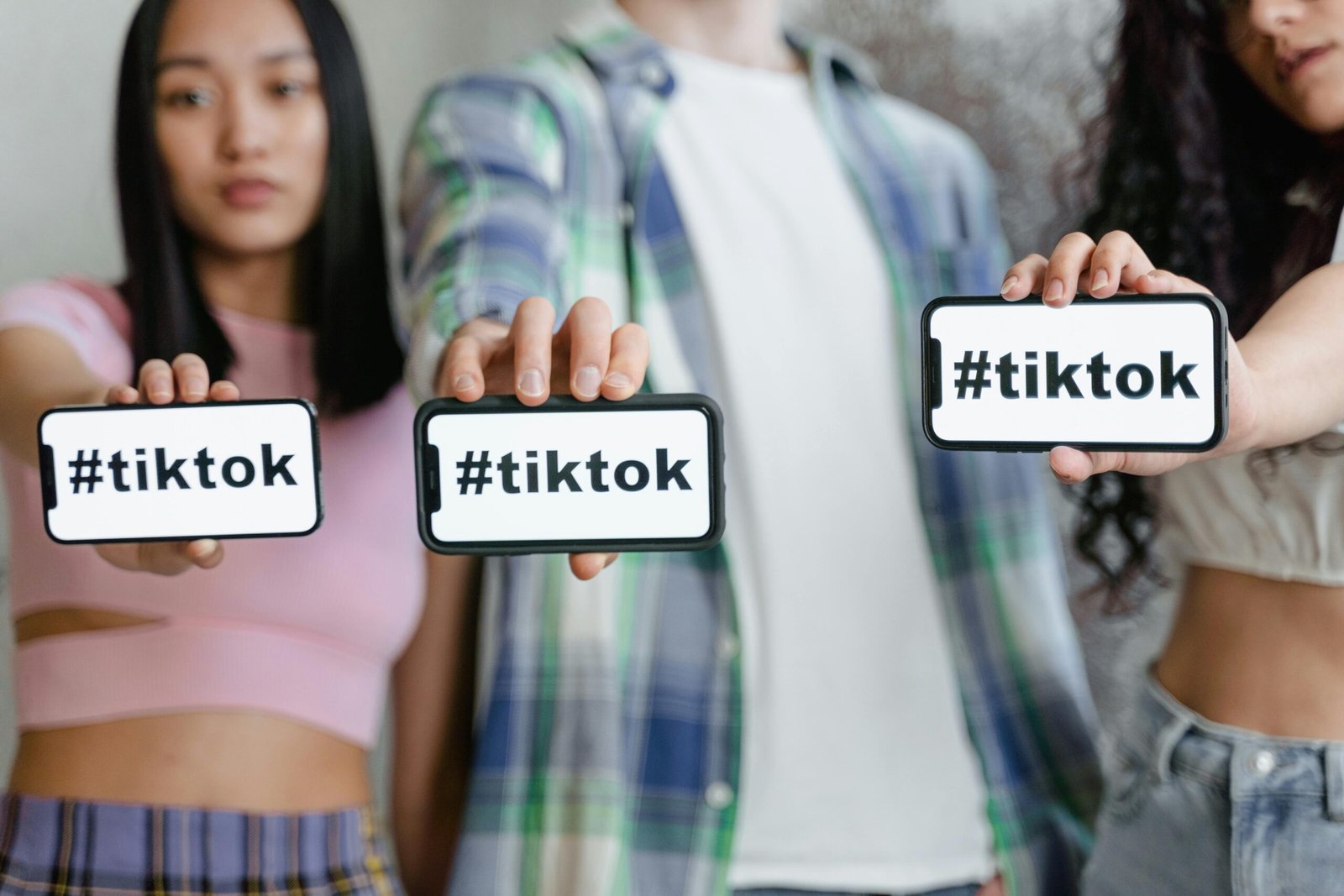When TikTok told European regulators last year that data from users in the European Economic Area (EEA) wasn’t being stored in China, it seemed like a closed case. But now, Ireland’s Data Protection Commission (DPC) is reopening that file and this time, it’s not just a matter of trust, it’s a matter of law. The social media giant recently admitted that some EEA user data had, in fact, been stored on servers in China, contradicting previous testimony. That’s a red flag not just for TikTok, but for every company handling international data transfers under the strict gaze of the General Data Protection Regulation (GDPR).
This new probe by the Irish DPC is more than a slap on the wrist. It’s a loud signal that regulators are no longer buying vague assurances or half-truths about data residency. The case underscores a broader issue: companies can’t afford to treat data governance as an afterthought. And when it comes to storing personal data in jurisdictions with different surveillance laws—like China—the stakes are exponentially higher.
Why the DPC’s TikTok Investigation Matters
At the heart of the issue is the GDPR’s strict rules on international data transfers. Under Chapter V of the GDPR, personal data can only be transferred outside the EEA if the destination country ensures an adequate level of data protection. China, unlike countries such as Canada or Japan, does not have an adequacy decision from the European Commission. That means any data transfers to Chinese servers must be backed by Standard Contractual Clauses (SCCs) or other safeguards under Article 46.
But even SCCs aren’t a get-out-of-jail-free card. Since the Schrems II ruling by the Court of Justice of the European Union (CJEU), companies must also conduct Transfer Impact Assessments (TIAs) to evaluate whether the legal environment in the recipient country undermines those contractual protections. And let’s be honest—China’s cybersecurity and surveillance laws, particularly the Cybersecurity Law and the Data Security Law, raise significant concerns about government access to foreign data.
So, if TikTok stored EEA user data in China without adequate safeguards or transparency, it could be facing serious violations of GDPR. And since the Irish DPC is TikTok’s lead supervisory authority in the EU, this investigation could lead to substantial fines under Article 83—up to 4% of global annual turnover.
The Business Risk of Misleading Disclosures : it’s not just the data transfer that’s problematic—it’s the misrepresentation. TikTok previously assured regulators and the public that EEA user data wasn’t being stored in China. Now that this statement has been contradicted, the company could be exposed to regulatory action for failing to uphold transparency obligations under Article 5(1)(a) and Article 13 of the GDPR.
Misleading disclosures erode trust, not just with regulators but with users. And in a world where data privacy is becoming a competitive differentiator, trust is currency. When that trust is broken, the fallout isn’t just legal—it’s reputational. Just ask Meta, which has faced multiple investigations and fines over similar issues.
The Compliance Tightrope: Cross-Border Data Transfers
Let me explain: transferring personal data across borders isn’t inherently illegal, but it’s a compliance tightrope. Companies must navigate a maze of legal, technical, and organizational safeguards. Here’s what’s typically required:
1. Lawful Basis for Transfer: Under GDPR, this usually means using SCCs or Binding Corporate Rules (BCRs). But these must be supplemented with TIAs and possibly encryption or pseudonymization techniques.
2. Transparency: Companies must clearly inform users where their data is being stored and why. Vague or misleading privacy notices can trigger enforcement actions.
3. Accountability: Under Article 24, data controllers must implement appropriate technical and organizational measures to ensure compliance. That includes monitoring third-party vendors and conducting regular audits.
If any of these steps are skipped—or done poorly—it’s not just a paperwork issue. It’s a compliance failure that could lead to enforcement, fines, and operational disruption.
What TikTok’s Case Reveals About Industry Trends
Honestly, TikTok’s situation isn’t unique. Many tech companies are grappling with the complexity of global data flows, especially as regulators crack down on opaque practices. The trend is clear: data localization is gaining traction, and regulators are demanding more granular control over where and how data is stored.
The European Data Protection Board (EDPB) has issued guidance urging companies to map their data flows and conduct risk assessments. Meanwhile, countries like India, Brazil, and China are enacting their own data protection laws with localization requirements, creating a patchwork of obligations that’s hard to navigate.
In this environment, companies need to treat data residency as a strategic issue—not just a compliance checkbox. That means investing in regional data centers, adopting privacy-enhancing technologies, and maintaining airtight documentation.
What Can Companies Learn From This?
This case is a masterclass in what not to do. But it also offers a blueprint for getting it right. Here’s what companies should take away:
1. Don’t Overpromise, Especially on Data Residency: If you say data stays in the EU, make sure it does. Period. Misstatements—even if unintentional—can be costly.
2. Conduct Transfer Impact Assessments: Before moving data outside the EEA, evaluate the legal risks in the destination country. Use tools like the EDPB’s Recommendations on Supplementary Measures.
3. Keep Your Privacy Notices Honest and Updated: Transparency isn’t just about legal compliance—it’s about user trust. Make sure your privacy policy reflects actual practices.
4. Monitor Your Vendors: If third-party processors are involved, conduct due diligence. Require them to comply with GDPR and include audit rights in your contracts.
5. Prepare for Regulatory Scrutiny: Maintain documentation that shows your decision-making process, risk assessments, and mitigation measures. If the regulator comes knocking, you’ll need more than good intentions.
The Regulatory Landscape: What’s Coming Next?
Regulatory momentum is building. The Irish DPC has already fined TikTok €345 million for failing to protect children’s data. Now, with this new probe, the platform could face even steeper penalties. And it’s not just Ireland. The European Data Protection Supervisor (EDPS) and other national authorities are watching closely.
Beyond Europe, the ripple effects are global. The U.S. Federal Trade Commission (FTC) has signaled increased scrutiny of cross-border data transfers, especially involving minors. Meanwhile, the proposed American Data Privacy and Protection Act (ADPPA) could impose new obligations on U.S. companies that mirror GDPR-like standards.
In Asia, China’s Personal Information Protection Law (PIPL) and the Data Security Law are reshaping how foreign companies operate. If your company handles Chinese data, you’ll need a local representative, security assessments, and government approvals for transfers.
All this points to a future where data governance isn’t just about compliance—it’s about competitive advantage. Companies that can demonstrate robust, transparent, and ethical data practices will be better positioned to earn user trust and avoid regulatory pitfalls.
Actionable Steps for Risk and Compliance Teams
If you’re in charge of risk, compliance, or data governance, this case should light a fire under your team. Here’s a practical roadmap:
– Map Your Data Flows: Know exactly where data is collected, processed, and stored. Use tools like OneTrust or TrustArc to automate this.
– Review Contracts and SCCs: Make sure your data transfer agreements are up to date and include the latest [Standard Contractual Clauses.
– Conduct Regular TIAs: Don’t treat these as one-and-done. Reassess whenever laws change or vendors switch locations.
– Train Your Teams: Legal, IT, and product teams should all understand the basics of GDPR and international data transfers. Cross-functional alignment is key.
– Set Up a Data Transfer Register: Document every cross-border transfer, including the legal basis, risk assessment, and mitigation measures. This is your audit trail.
– Monitor Regulatory Updates: Subscribe to updates from the European Data Protection Board, CNIL, and other authorities.
TikTok’s troubles aren’t just about one company’s misstep—they’re a wake-up call for the entire tech ecosystem. As regulators sharpen their tools and public awareness grows, the margin for error is shrinking. Companies can no longer rely on vague assurances or post-hoc justifications. The era of data accountability is here.
And while the regulatory landscape may feel like a minefield, it’s also an opportunity. Organizations that embed privacy and transparency into their DNA will not only stay compliant—they’ll thrive. Because in the end, trust isn’t just a regulatory requirement. It’s a business imperative.


